DevOps Certification Training
- 186k Enrolled Learners
- Weekend/Weekday
- Live Class
DevOps is a term that refers to the collaboration of software developers (dev) and operations personnel (ops). It is defined as a software engineering methodology that aims to integrate the work of software development and software operations teams by fostering a collaborative and shared responsibility culture.
A lot of big IT companies have adopted DevOps as their way forward.

The term “DevOps” is a combination of two words, namely Development and Operations. It is a practice that allows a single team to manage the entire application development life cycle: development, testing, deployment, and monitoring.
The ultimate goal of DevOps is to decrease the duration of the system’s development life cycle while delivering features, fixes, and updates frequently in close synchronization with business objectives.
DevOps is a software development approach with the help of which you can develop superior quality software quickly and with more reliability. It consists of various stages such as continuous development, integration, testing, deployment, and monitoring.
Before DevOps, We had two approaches for software development namely the Waterfall and the Agile.
The waterfall model is a software development model that is pretty straight forward and linear. This model follows a top-down approach.
This model has various starting with Requirements gathering and analysis. This is the phase where you get the requirements from the client for developing an application. After this, you try to analyze these requirements.

The next phase is the Design phase where you prepare a blueprint of the software. Here, you think about how the software is actually going to look like.
Once the design is ready, you move further with the Implementation phase where you begin with the coding for the application. The team of developers works together on various components of the application.
Once you complete the application development, you test it in the Verification phase. There are various tests conducted on the application such as unit testing, integration testing, performance testing, etc.
After all the tests on the application are completed, it is deployed onto the production servers.
At last, comes the Maintenance phase. In this phase, the application is monitored for performance. Any issues related to the performance of the application are resolved in this phase.
Simple to understand and use
Allows for easy testing and analysis
Saves a significant amount of time and money
Good for small projects if all requirements are clearly defined
Allows for departmentalization & managerial control
Risky and uncertain
Lack of visibility of the current progress
Not suitable when the requirements keep changing
Difficult to make changes to the product when it is in the testing phase
The end product is available only at the end of the cycle
Not suitable for large and complex projects
Agile Methodology is an iterative based software development approach where the software project is broken down into various iterations or sprints. Each iteration has phases like the waterfall model such as Requirements Gathering, Design, Development, Testing, and Maintenance. The duration of each iteration is generally 2-8 weeks.

This Edureka DevOps Tutorial for Beginners will help you learn its concepts and tools with examples and demos. You will understand how a pipeline can be imagined for existing infrastructure. Furthermore, it will cover different DevOps projects & phases.
In Agile, a company releases an application with some high-priority features in the first iteration.
After its release, the end-users or the customers give you feedback about the performance of the application.
Then you make the necessary changes to the application along with some new features and the application is again released which is the second iteration.
You repeat this entire procedure until you achieve the desired software quality.
It adaptively responds to requirement changes favorably
Fixing errors early in the development process makes this process more cost-effective
Improves the quality of the product and makes it highly error-free
Allows for direct communication between people involved in software project
Highly suitable for large & long-term projects
Minimum resource requirements & very easy to manage
Highly dependent on clear customer requirements
Quite Difficult to predict time and effort for larger projects
Not suitable for complex projects
Lacks documentation efficiency
Increased maintainability risks
Optimize, automate, and innovate with confidence – our AWS DevOps Course makes it possible.
Eleven DevOps tools are matched with the appropriate procedures in the next seven categories. Remember that each step in the DevOps life cycle might iterate or repeat numerous times until the project is concluded, despite the list’s numerical order.
Continuous development includes both the planning and coding of the program in the DevOps life cycle. Jira and Git are two of the most well-liked DevOps tools for this stage of development [1]:




Continuous integration in the DevOps pipeline necessitates developers to contribute changes (such as new features or bug patches) to the source code. In this stage of development, Jenkins is one of the most used DevOps tools:
 3. DevOps tools for continuous testing
3. DevOps tools for continuous testingContinuous testing in the DevOps life cycle refer to a regular inspection of developed software for errors, and flaws. Continuous testing is especially beneficial when using DevOps automation technologies. Through functions like automated test execution and parallel testing across many codebases, they enable quality assurance (QA) teams to broaden the scope of testing. Two of the most useful continuous testing tools are Selenium and Bamboo:




The step of deploying code to the servers used for production is known as “continuous deployment” in the DevOps life cycle. DevOps solutions that enable quick and frequent deployments are vital because this occurs frequently. Continuous deployment can benefit from both container management solutions and configuration management systems:

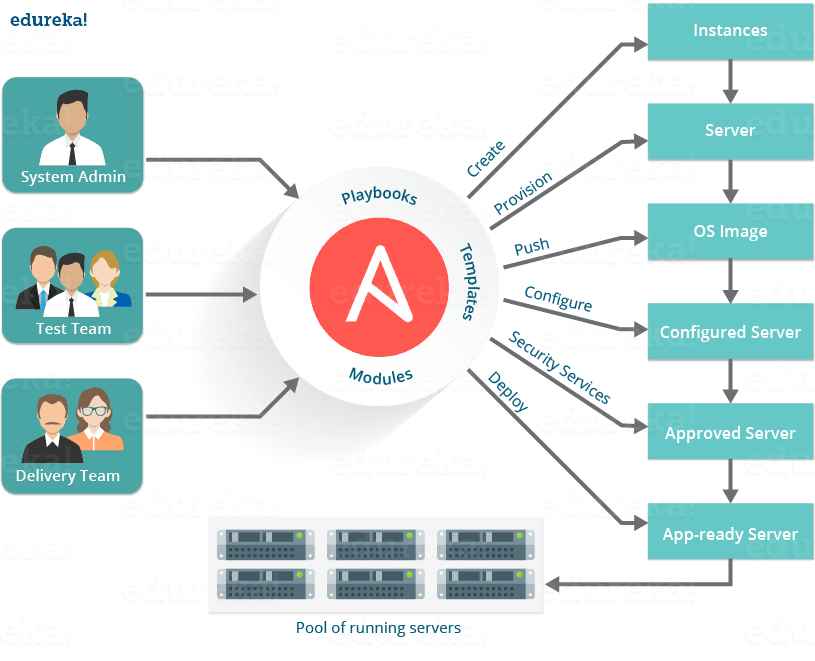
A key element of the DevOps process is analyzing and implementing feedback. Continuous improvement is made possible by constant feedback. Insights from both internal sources (such as employee surveys and bug reports) and external sources (such as support tickets or social media mentions) must be gathered. To help your continuous feedback loops, there are a number of DevOps technologies available:
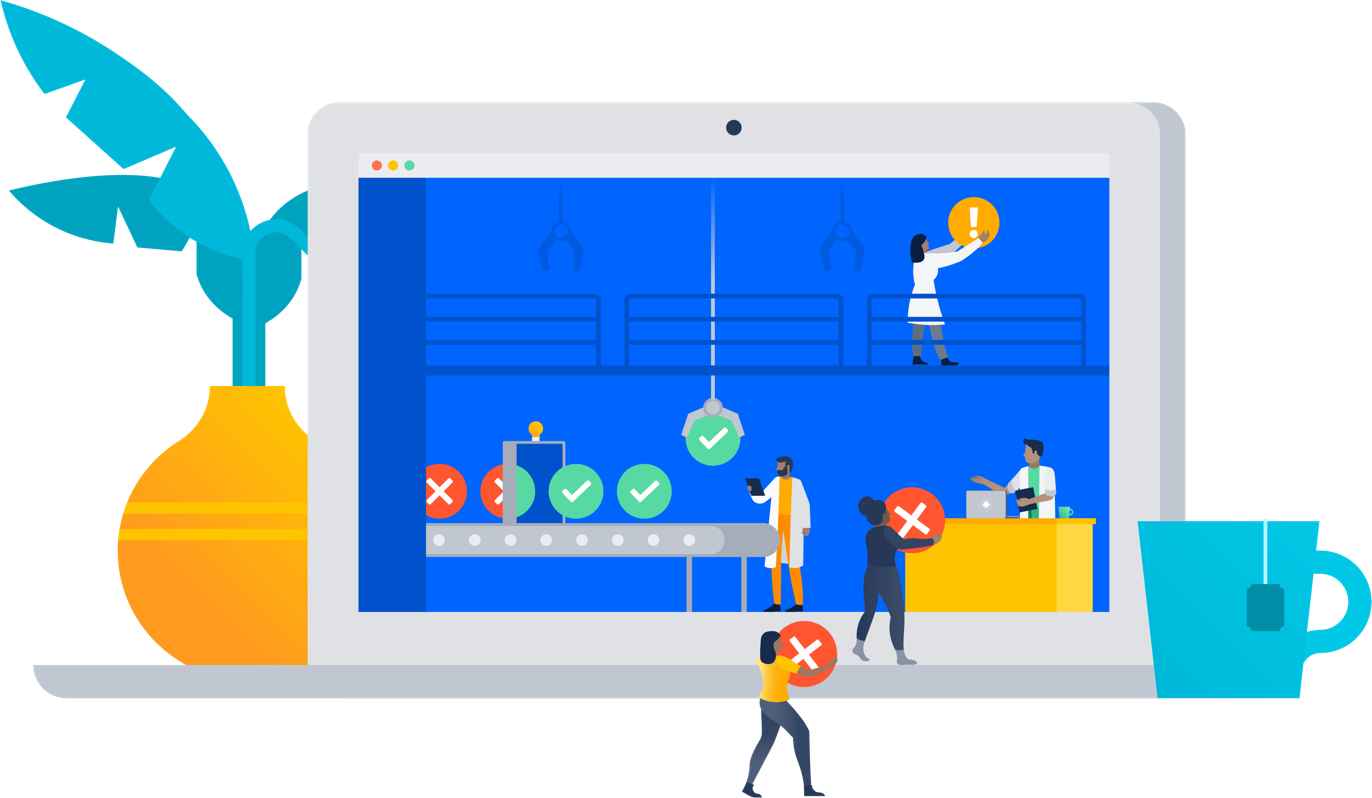
Continuous monitoring of the application in the DevOps pipeline necessitates regular inspections for defects, system faults, performance problems, and anything else that can have an impact on product quality. Both application and server monitoring should be supported by your DevOps monitoring tools.

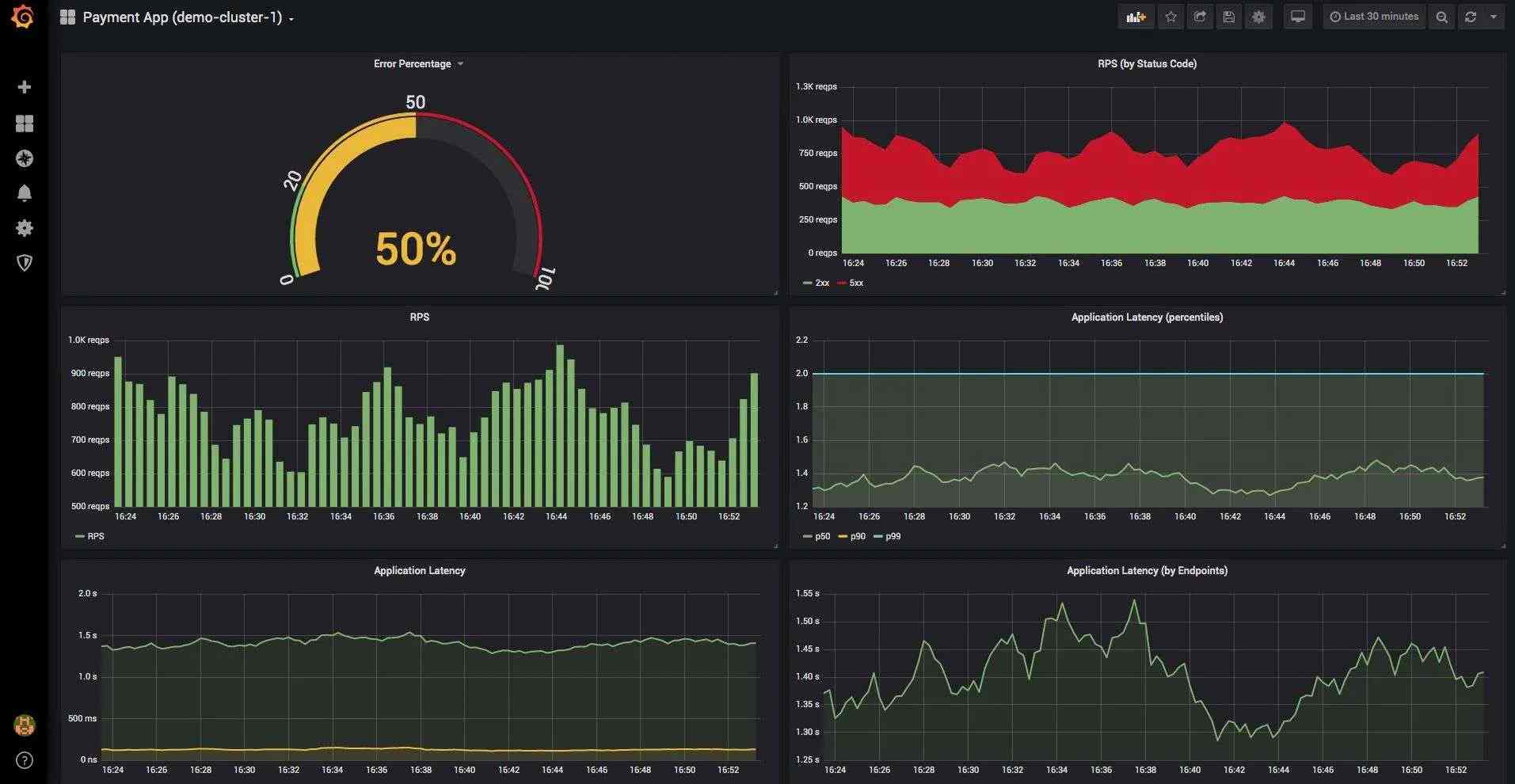
Applications and services must run continuously, without pauses or downtime, according to the concept of continuous operation. The technologies mentioned above all have capabilities that can help you with continuous operations. Opsgenie, for example, is an incident management software that might prove useful
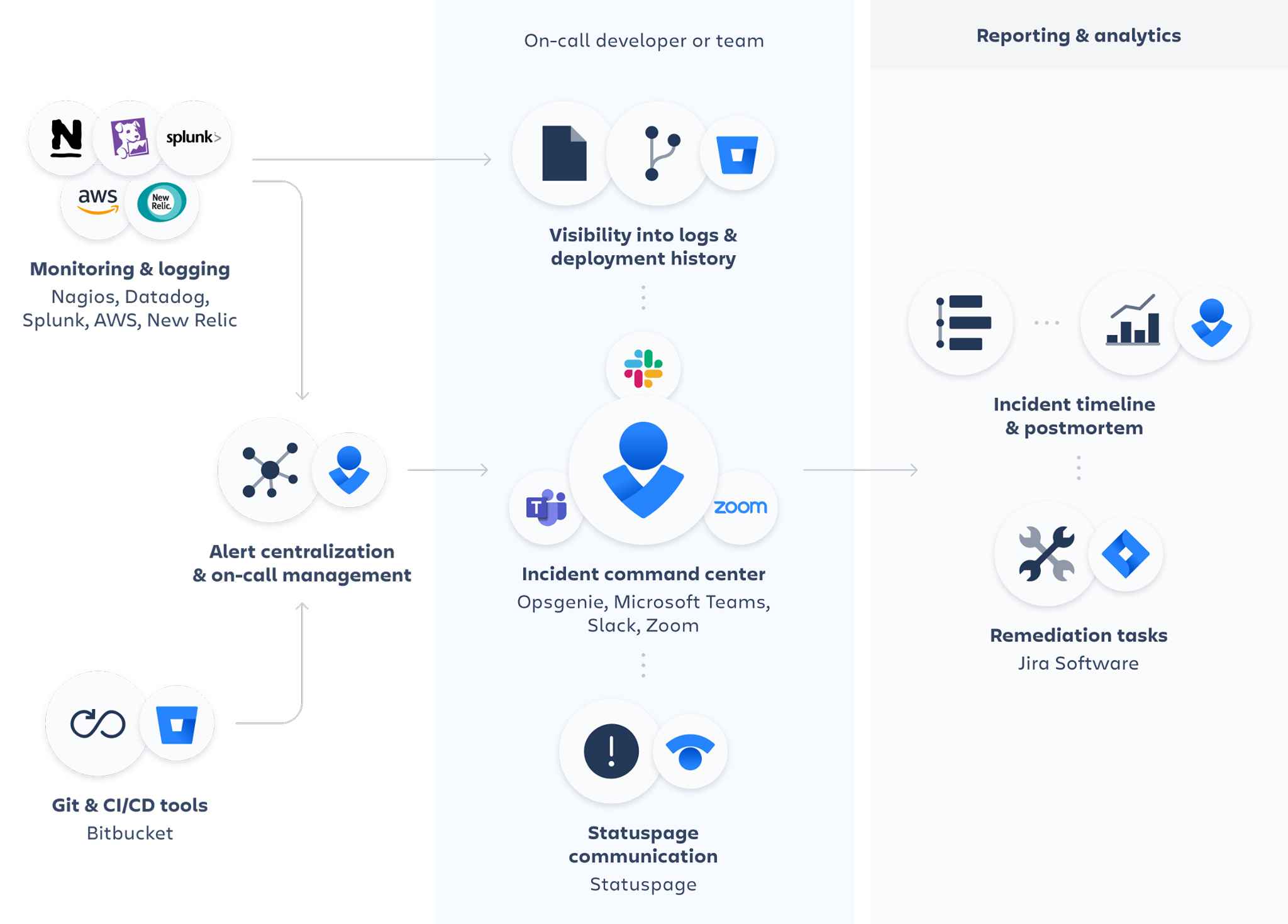 .
.
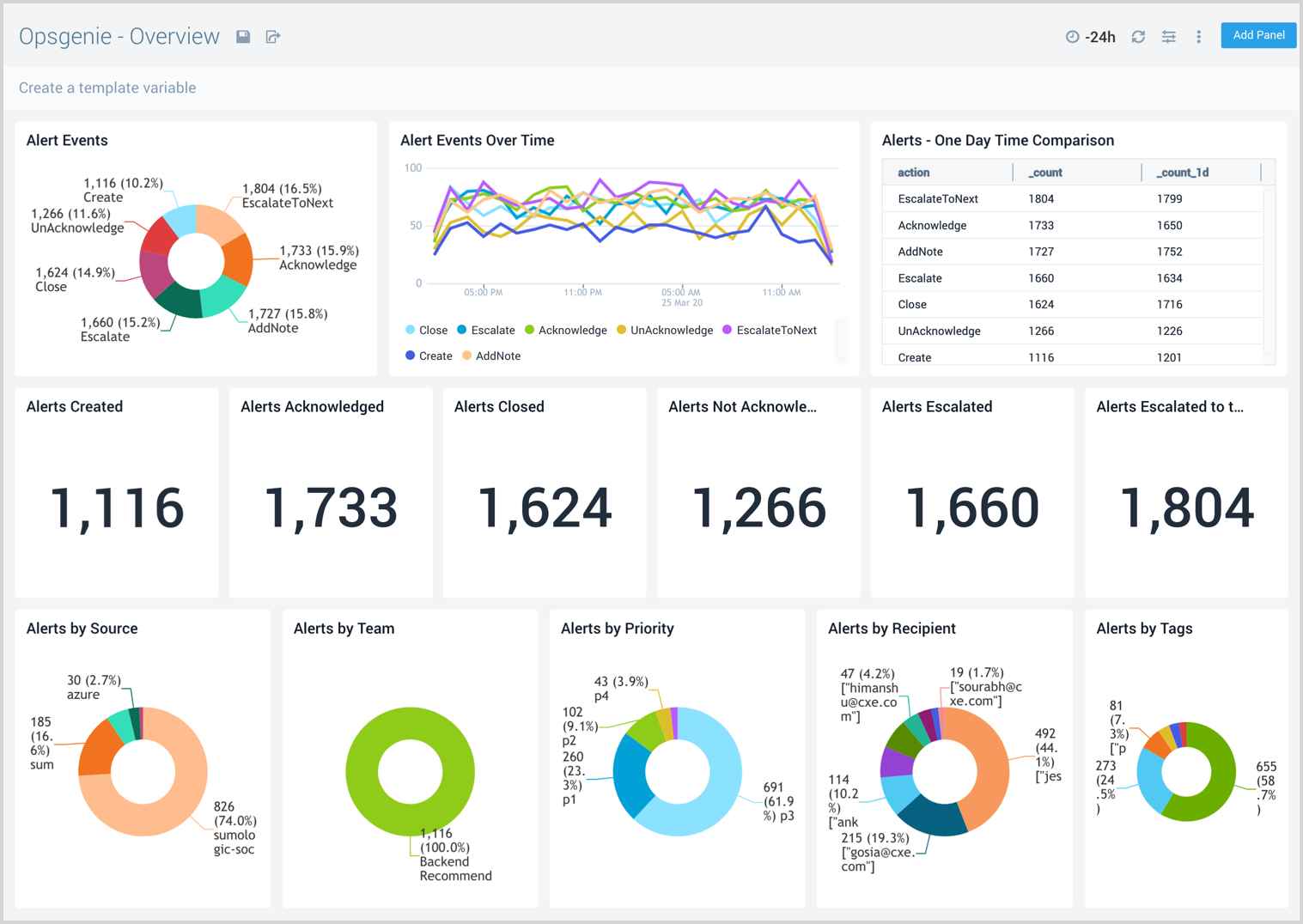
DevOps Engineer is somebody who understands the Software Development Lifecycle and has the outright understanding of various automation tools for developing digital pipelines (CI/ CD pipelines).
DevOps Engineer works with developers and the IT staff to oversee the code releases. They are either developers who get interested in deployment and network operations or sysadmins who have a passion for scripting and coding and move into the development side where they can improve the planning of test and deployment.
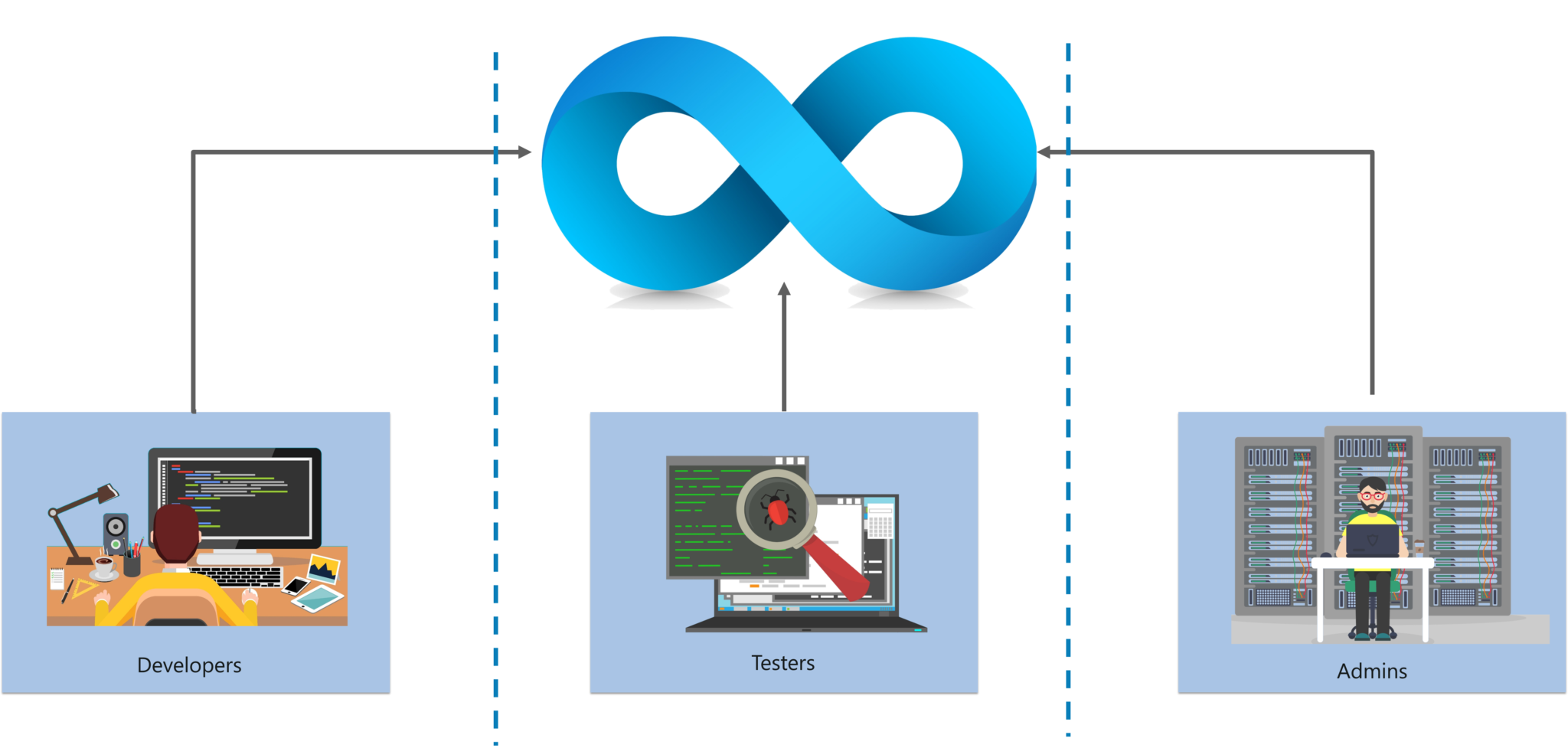
So that was all from my side in this article. I hope you have understood everything that I have discussed here. If you have any questions kindly mention that in the comments section.
If you are in the IT industry, you might have heard one of the most trending buzzwords called DevOps. If you want to pursue a career in DevOps, then it is certainly beneficial and rewarding to go for a Post Graduate Program in DevOps.
Following is a list of blogs that you might find interesting:
Now that you have understood all about DevOps, check out DevOps Training by Edureka, a trusted online learning company with a network of more than 250,000 satisfied learners spread across the globe. The Edureka DevOps Certification Training course helps learners to understand and gain expertise in various DevOps processes and tools such as Puppet, Jenkins, Nagios, Ansible, Chef, Saltstack and GIT for automating multiple steps in SDLC. Learn how to succeed from the basic to the most advanced techniques, we cover everything. You can also check out our DevOps Engineer Masters Program.
Got a question for us? Please mention it in the comments section and we will get back to you.
Related Post:
What are the DevOps implementation challenges at your organization?
 Thank you for registering Join Edureka Meetup community for 100+ Free Webinars each month JOIN MEETUP GROUP
Thank you for registering Join Edureka Meetup community for 100+ Free Webinars each month JOIN MEETUP GROUPedureka.co
In a single word :- Perfect !!!!!
I love the explanation. It makes it easy for a lay-man to understand what devops is